Advanced Install Tips : AIT :
In this edition of Advanced Install Tips we will discuss what a DIPLEXER is, and how to use it.
Simply put a Diplexer is a passive device that has TWO inputs that combine into ONE output. Unlike a SPLITTER where the signal and frequency is divided equally and 3 dB of loss is introduced into the system –– a DIPLEXER introduces each of the TWO inputs as a HIGH and a LOW frequency which are disjointed or uneven. This multi-plex mix introduces (depending on the brand) only a ~0.5dB of insertion loss into the system design. The advantage of using a DIPLEXER is this allows you to TUNE and BALANCE your cellular inputs to the Bi-Directional Amplifier(BDA) or DAS headend for specific frequencies and carriers. Different styles of antennas can be used in any combination to achieve the best results for balancing the signals.
This is very advantageous when using and installing a passive DAS system. You need to try and balance the incoming signals for multiple providers before it reaches the BDA. This helps achieve maximum performance across all the levels improved by the BDA to the customer's cellular devices. The BDA can only use the available incoming signal and if your signal is not balanced or tuned to the carrier(s) you need you will most likely be disappointed and or get small gains from your cellular amplifier.
On a recent project, our customer hired us to install a booster system at their facility but they wanted to make for certain that they had excellent cellular coverages for AT&T. To achieve this we measured and balanced the incoming cellular frequencies. The closest tower was actually from a VERIZON tower less than half a mile away directly south(see photo). This presented a challenge to where if we just installed the BDA with a single donor antenna we would be overpowered by the Verizon cell signal and the BDA wouldn’t provide any boost or benefit for AT&T or other providers. Geographically, this market was saturated on the LTE frequencies, speeds on 4G LTE were okay okay but not great–– so to provide maximum performance we wanted to tune the PCS/AWS frequencies as strong as possible inside our customers newly remodeled building.
As pictured we installed a Wilson Electronics 859922 Diplexer and aimed our panel antenna due north 180 degrees away from the Verizon tower toward AT&T signal. This “AT&T” antenna was installed on the PCS/AWS input to capture the strongest signals possible on these higher frequencies. The omni antenna was installed on the LTE/CELL input cell frequency for Verizon, and still because signal was so strong we had to add an in-line 10dB attenuator (Wilson Electronics 859926). With this setup we were able to achieve “SIGNAL BALANCE” across the cellular spectrum and provide excellent cellular coverages for both AT&T, Verizon and other carriers inside the facility. These TWO dis-jointed inputs allowed us to BALANCE the cellular frequencies ahead of the BDA “passively” to achieve maximum boost for all carriers. If we had only installed one omni DONOR antenna we would still need to install the 10dB attenuator to compensate for the close Verizon tower resulting in a BDA that would only repeat the Verizon signal inside.
The net result is NO DROPPED CALLS and FASTER DATA SPEEDS for all carriers. This technique is one of many in what I would consider the "secret sauce" to how we design, troubleshoot and install a cell booster system, let us help you design a cellular signal boosting solution that works.
Call a member of our team today to discuss your cellular amplification needs +1 (855) 331-2583






